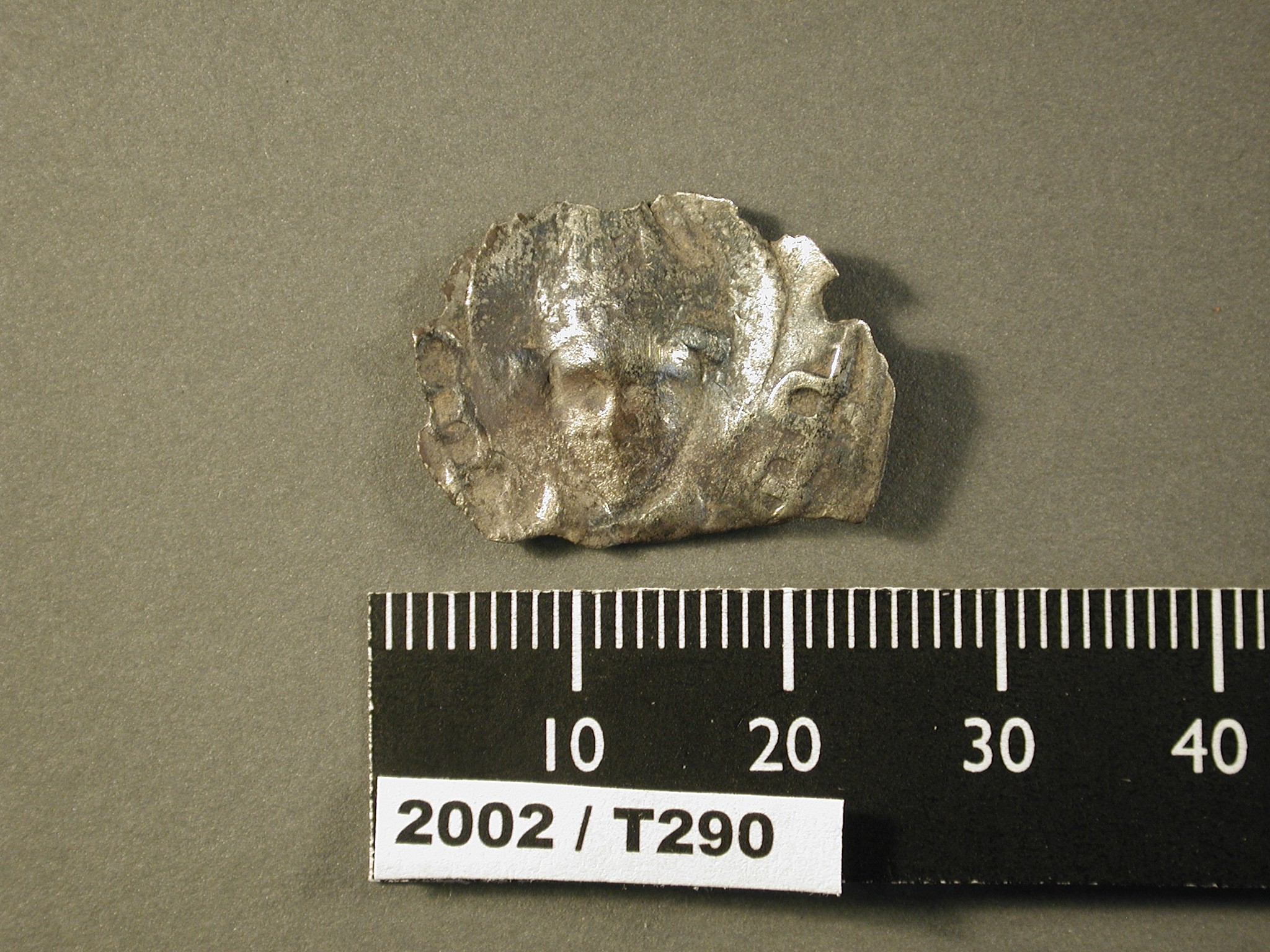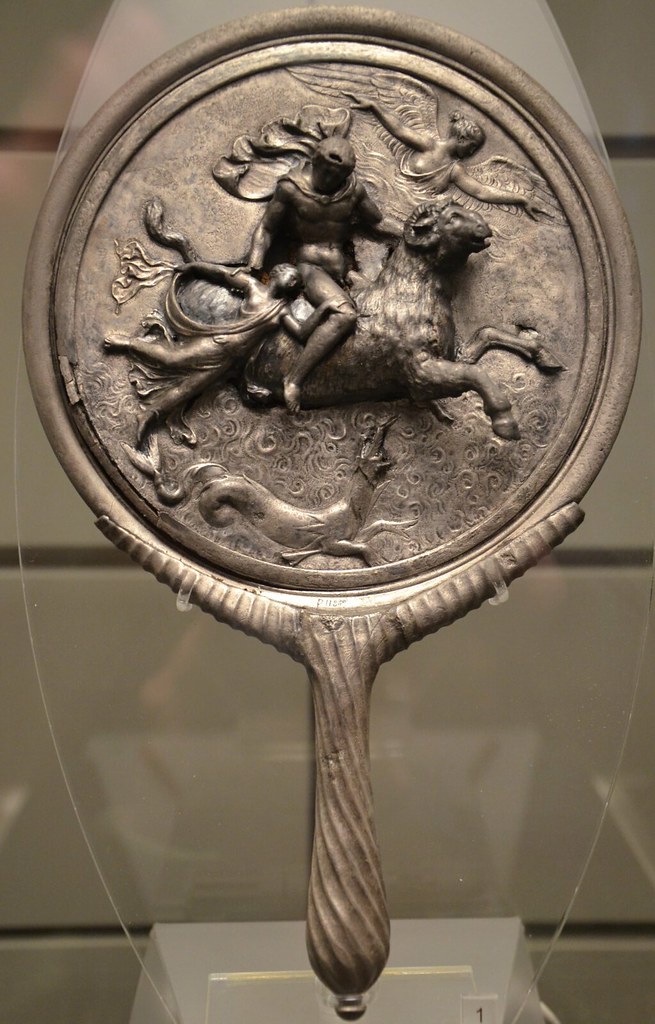Silver is one of the Noble / Precious Metals, well known and diffused since ancient times. It is also defined as a Coinage Metal, together with Gold and Copper. Used in coins, silverware, jewellery, electronics, medicine, chemical production, photography and more… The chemical element silver is a transition metal.

image source: https://search.creativecommons.org/photos/e62f6c56-c3f1-4927-a1e0-fa01831243c2 by sirqitous
What is Silver?

image source: https://search.creativecommons.org/photos/a4bfec8e-ae71-409d-8457-5d59507af421 by Mauro Cateb
Silver is a chemical element, more specifically a metal. It is very malleable and ductile. It has the highest electrical and thermal conductivity of all metals. Silver is one of the scarcest elements. Most silver used today is obtained from its ores, including argentite. The leading producers are Mexico, the USA, Russia, Australia, and Canada. Silver is prepared in various ways depending upon the nature of its occurrence but especially in connection with the refining of lead and copper. It is highly valued for jewellery, tableware, and other ornamental uses and is employed in coinage, photography, dental and soldering alloys, electrical contacts, and printed circuits. Its Atomic Number is 47 and its Element Symbol is Ag. Silver is stable in oxygen and water but tarnishes when exposed to sulfur compounds in air or water to form a black sulfide layer.

image source: https://search.creativecommons.org/photos/06bdf4fd-33b1-4f32-8781-ccb68747350e by Different Seasons Jewelry
How does Silver form?
Many of the metals that are so important to us, such as gold, silver, copper, lead, zinc, are present in the Earth’s crust only in very small amounts.

image source: https://search.creativecommons.org/photos/d80d0a82-8cce-4bea-91e8-d1aac82274fb by digitalmoneyworld
Apart from gold, which is special, the other metals form compounds with sulphur, called sulphides. Deep in the Earth’s crust, where it is very hot, salty water circulates and dissolves these metals, collecting them up and concentrating them in the hot brine. The brine can be as hot as 350°C. Sometimes, on the seafloor, this brine comes up through the surface out of holes called vents. When the heated brine reaches the cold seawater, the metal sulphides separated and precipitate onto the seafloor as various minerals. Copper precipitated as chalcopyrite (copper sulphide), lead as galena (lead sulphide) and zinc as sphalerite (zinc sulphide). Silver precipitates as a combination with the other sulphides.
What are the main types of Silver?
With a variety of purity levels and uses, there are several different types of silver. Here are just several:
- Fine Silver has a .999 level of purity, so it’s also known as pure Silver. While particularly lustrous.
- Sterling Silver is an alloy that contains a mixture of 92.5% pure Silver and 7.5% of another metal, usually Copper. To be called Sterling Silver, the metal must possess at least 92.5% pure Silver, but the other components can vary. When mixing with copper, Sterling Silver will tarnish and produce firescale.
- Silver Foil is a thin layer of Fine Silver plated over a base metal. Also known as Silver Tone, Silver Plate is often considered the most cost-effective alternative to the more expensive forms of solid silver.

Medieval pressed silver foil fragment image source: https://search.creativecommons.org/photos/7b979506-3e82-4d3a-9f00-3306456cba63 by Portable Antiquities Scheme from London, England
What are the stage of Silver working?
- Mining And Concentrating
Silver-bearing ores are mined by open-pit or underground methods and then are crushed and ground. Since virtually all the ores are sulfides, they are amenable to flotation separation, by which a 30- to a 40-fold concentration of mineral values is usually achieved. Of the three major types of mineralization, lead concentrates contain the most silver and zinc concentrates the least.
- Extraction And Refining
The specific extractive metallurgy processes applied to a silver-bearing mineral concentrate depend on whether the major metal is copper, zinc, or lead.
- From copper concentrates
The smelting and converting of copper sulfide concentrates result in a “blister” copper that contains 97 to 99 percent of the silver present in the original concentrate. Upon electrolytic refining of the copper, insoluble impurities, called slimes, gradually accumulate at the bottom of the refining tank. These contain the silver originally present in the concentrate but at a much higher concentration; The silver obtained by electrolysis usually has a purity of three-nines fine; on occasion, it may be four-nines fine, or 99.99 percent silver. - From lead concentrates
Lead concentrates are first roasted and then smelted to produce lead bullion from which impurities such as antimony, arsenic, tin, and silver must be removed. Silver is removed by the Parkes process, which consists of adding zinc to the molten lead bullion. The noble silver and gold remain in the elemental form, while the lead oxidizes and is removed. - From zinc concentrates
Zinc concentrates are roasted and then leached with sulfuric acid to dissolve their zinc content, leaving a residue that contains lead, silver, and gold—along with 5 to 10 percent of the zinc content of the concentrates. This is processed by slag fuming, a process whereby the residue is melted to form a slag through which powdered coal or coke is blown along with air. Zinc is converted into the metallic form and vaporized from the slag, while lead is transformed into the metallic form and dissolves the silver and gold. - From scrap
Approximately 60 percent of all silver produced is used in the photographic industry, and the metal can be recycled from spent photographic processing solutions and photographic film. The solutions are processed on-site electrolytically, while the film is burned and the ashes leached to extract the silver content.

image source: https://search.creativecommons.org/photos/ae58b29f-00b5-4cde-884b-7c1c3a91286b by Mauro Cateb
How was Silver used throughout history?
The first evidence of silver mining dates back to 3000 B.C., in Turkey and Greece. The ancient discovered how to refine silver, through a process called cupellation. Silver does not react to air, but the base metals such as lead and copper oxidize and separate from the precious metal.
Silver, like gold, formed in stellar outbursts called supernovae. A study, published in September 2012 in the journal Astronomy and Astrophysics, found that exploding small stars produce silver, while larger stars produce gold. The Spanish conquerors arrived in the New World in 1492 and found that South America was home to rich veins of silver and silver ore. According to the Silver Institute, an industrial trading group, 85% of the silver produced worldwide came from Bolivia, Peru, and Mexico between 1500 and 1800.

image source: https://search.creativecommons.org/photos/a2b679e8-9b64-4a41-88a0-8ea2cb327d73 by Boston Public Library
Silver was very important in photography. In fact, when combined with nitrogen and oxygen molecules, silver nitrate is obtained, which was used on photographic plates in the first bulky cameras, according to the RSC, because by reacting to light and turning black, it allowed photographers to capture an instant of light. Silver remains part of the traditional photographic process even with the advent of digital camera.
Where can we find Silver today?
Sterling silver contains 92.5% silver. The remaining is copper or another metal. It’s used for jewellery and silver tableware, where appearance is vital.

Image source: https://search.creativecommons.org/photos/0eac4cf7-33be-4a8d-9fa6-11a3091f141e by Following Hadrian
Silver is employed in creating mirrors because it is that the best reflector of light known, although it does tarnish with time. it’s also utilized in dental alloys, solder and brazing alloys, electrical contacts, and batteries. Silver paints are used for creating printed circuits.
Silver bromide and iodide were important within the history of photography, due to their sensitivity to light. Even with digital photography development, silver salts are still important in producing high-quality images and protecting against illegal copying. Light-sensitive glass (such as photochromic lenses) works on similar principles. It darkens in bright sunlight and becomes transparent in low sunlight.

Image source: https://search.creativecommons.org/photos/42873a94-d70b-4e8e-a2dd-14e9847b3fd3 by Photasia
Silver has antibacterial properties and silver nanoparticles are employed in clothing to forestall bacteria from digesting sweat and forming unpleasant odors. Silver threads are woven into the fingertips of gloves so they’ll be used with touchscreen phones.
Info source:
http://www.rsc.org/periodic-table/element/47/silver
http://www.livescience.com/37040-silver.html
http://www.elementalmatter.info/element-silver.htm
https://www.britannica.com/technology/silver-processing#toc81557
https://www.zales.com/jewelry101/index.jsp?page=preciousMetals
https://www.silverqueen.com/info/sterling%20fyi
